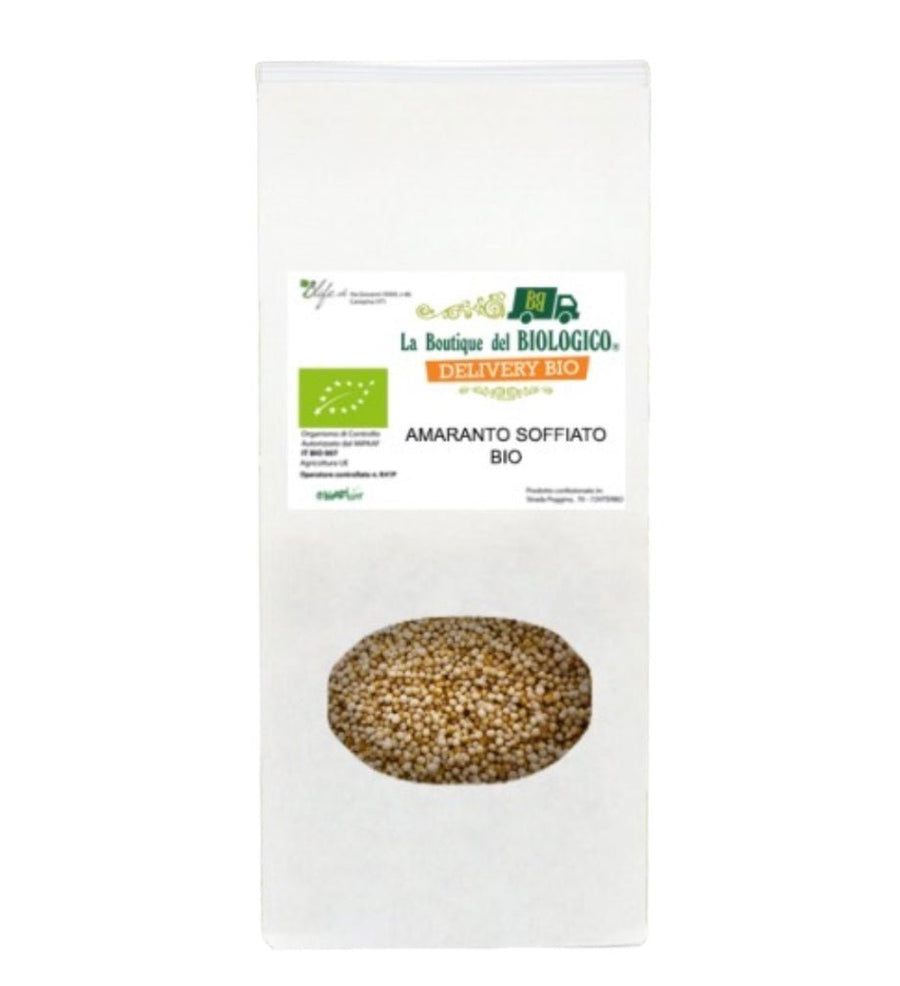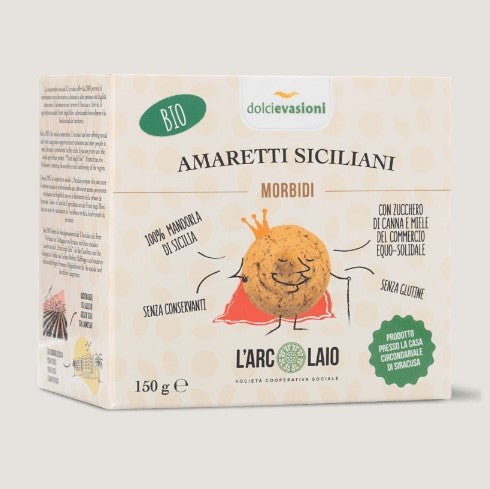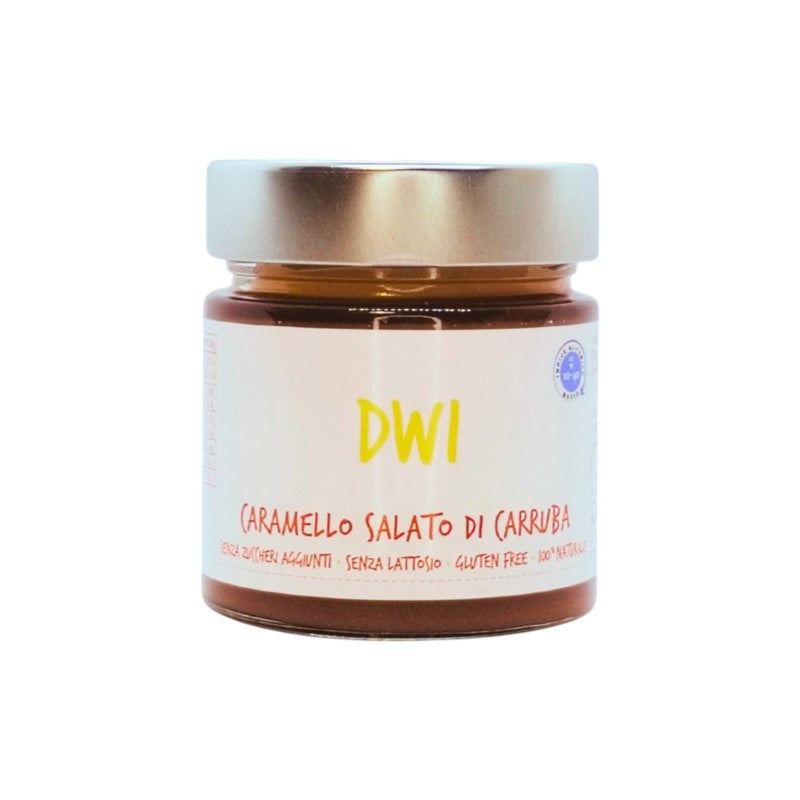
WITHOUT... RESTRICTIONS
Allergies occur when the immune system reacts abnormally by producing antibodies (immunoglobulin E, also known as IgE) against substances that are considered harmful (allergens), but are harmless to most people, in order to neutralize them. Allergy symptoms result from the release of chemical mediators (such as histamine) by the body in response to the immune reaction, caused by the interaction between the allergens and the antibodies.
Food allergy , in particular, is an immune response to a specific food that the body perceives as harmful. Even a small amount can trigger reactions, more or less violent. The severity varies from person to person, from mild irritation to anaphylaxis , which is potentially dangerous. Common food allergies include shellfish , tree nuts , fish , eggs , and milk .
Symptoms of food allergies can be very different from each other, such as tingling or itching, hives, eczema, swelling of the lips, face, tongue, throat or other parts of the body, difficulty breathing, abdominal pain, diarrhea, nausea, vomiting, dizziness and lightheadedness.
There are no definitive treatments for allergies. Prevention is certainly the first weapon. This but it is not always possible . The advice is to do tests to find out any predispositions and above all to read the labels carefully to immediately avoid foods that can trigger reactions. Alternatively, there are drugs that can reduce the symptoms in the case of mild allergic reactions , namely antihistamines ; for more serious reactions , it may be necessary to resort to an injection of adrenaline .
If you experience severe allergic reactions, you may want to wear a identifying mark , such as a bracelet or tag, in case you are unable to communicate.
Food intolerances, on the other hand, are negative reactions to food due to the body's difficulty in metabolizing certain foods or components. The most common forms are lactose intolerance, gluten intolerance, and nickel intolerance.
The causes of these intolerances are not fully known and may derive from genetic and familial predispositions, intestinal infections or even problems during weaning.
Typical symptoms include diarrhea, abdominal pain, bloating, flatulence, skin reactions such as red spots, blisters and hives, breathing problems, hives and digestive disorders. They are often confused with food allergies, due to similar symptoms , but unlike the latter, intolerances do not involve the immune system.

Iscriviti al PROGRAMMA PUNTI FEDELTÀ ZiaCris
💶 e 20€ di credito da spendere nello shop ogni 250 punti accumulati

💰 3€ di credito ti aspettano!
Ottieni un credito immediato per i tuoi acquisti


























































